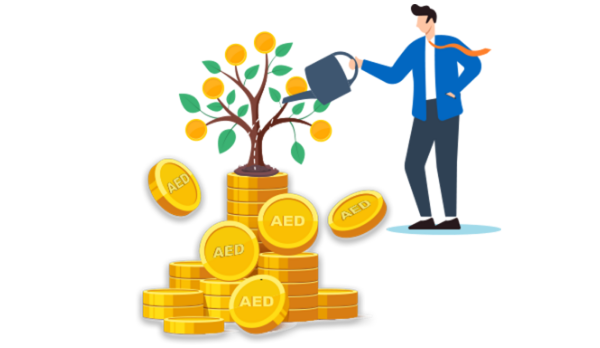Tips for Turning Your Dream of Early Retirement into Reality
Invest smart today for a better tomorrow
There are some workers out there all across the globe, that are achieving, what is to you, just a dream. They are planning their retirements in their 50s or even 40s in order to pursue something they love – from traveling to completing dream projects or simply doing anything but work.
In today’s era, early retirement is being redefined, focusing lesser on leaving work and more on gaining financial independence that allows you to decide when, how and for whom you work.
Steps to Take for Early Retirement
The irony lies in the fact that retiring early requires a lot of work. There is a reason as to why people still work till they reach their 60s. However, with some solid strategies, early retirement can be more than just a dream for you.
If retiring early is what you want to achieve, here are some investment tips you can follow.
Your Current Budget Needs an Upgrade
This is where your hustle comes in – no matter which side of the coin you wish to see, early retirement involves making some changes to how you earn and spend money in the present, in this manner you are rewarding yourself with an easy future. For many people out there, this is achieved by cutting down their spending to the slightest possible. There are numerous people who wish to retire early, and therefore, cut down and aim to live on half of their income, and the rest can be added to the savings basket.
Such people have numerous strategies when it comes down to cutting their spending. Whether it is saving on transportation, utilities or food, you will have to get creative about how you can save some extra bucks.
Another additional way to fuel your savings is to get an additional income that can directly go untouched into your savings basket. This can be either by following some investment tips or by side hustles.
Work Your Math!
After step one, you should move onto preparing a retirement spending estimate. This requires you to look at your current spending and consider anything that could go down anything that could go up, or anything that can be eliminated or added all together. Once you add up your monthly budget and estimate it over the span of 12 months, you will come to a number that will represent your annual retirement needs. It is a good idea to increase your estimate by 10-20% so that there is room for flexibility.
There are two things that are often overlooked by most of us – healthcare and taxes. Health care is a holdup in money planning, especially if you have got your health care policy through your work. Because as soon as you leave work, your policy will also be left behind. And when it comes to taxes, you will want to prepare a proper strategy as to how and when you need to pull income from your investments.
Estimate The Savings You Require
The work involved in notching down your spendings helps you get halfway through this, with the help of a few rules that are used by those who wish to retire early, such as:
- Rule of 25: As per this rule, you should have 25 times your planned spending saved before your retirement. This rule is based on the assumption that your retirement amount is currently invested, therefore, it continues to grow. After all, due to inflation, the spendings you plan to incur will increase by a slight margin every year, which is why your investments need to match this. This brings in the 4% rule.
- The 4% Rule: This rule indicates that you can withdraw 4% of your invested savings during the first year of your retirement. After which, every year, you draw the amount after adjusting for inflation.
Neither of these rules is, however, guaranteed. Depending on your risk tolerance, investments, and market performance, you may wish to take up a different approach.
Invest for Growth
Let’s start with the obvious facts, retiring early means:
- You have a shorter period within which you can save.
- You have a longer period within which your savings need to grow in order to support your spending.
Both of the above-mentioned facts imply that return on investments is going to be your ideal companion. In order to achieve the best returns, you need to be sure about investing in a portfolio that is well balanced and geared towards long term growth.
People often think that since there is a short time left with them before retirement, they cannot take up much risk. However, what you do not realize is that the time you will be spending in retirement also needs to be included in that horizon because you need your money to grow during that time.
As your planned retirement date approaches, you will want to shift some amount of your savings to safer, liquid assets so that you can tap it without selling any investments at a loss.
Keep a Check on Those Expenses!
By this point, you have done enough estimation about how much you will spend during your retirement. The tough job is to stick to that estimate. Getting out of budget often starts small, maybe with something like a retirement party, and then it escalates and in no time you find yourself taking a vacation. Each spending increases the likelihood of you running out of money. And for most people, running out of money often means running back to work.
Some months are easier than others. It is good to push yourself through difficult times. It is what will help you save as much as possible.
More From Investment
- Recent Articles
- Popular Articles




















